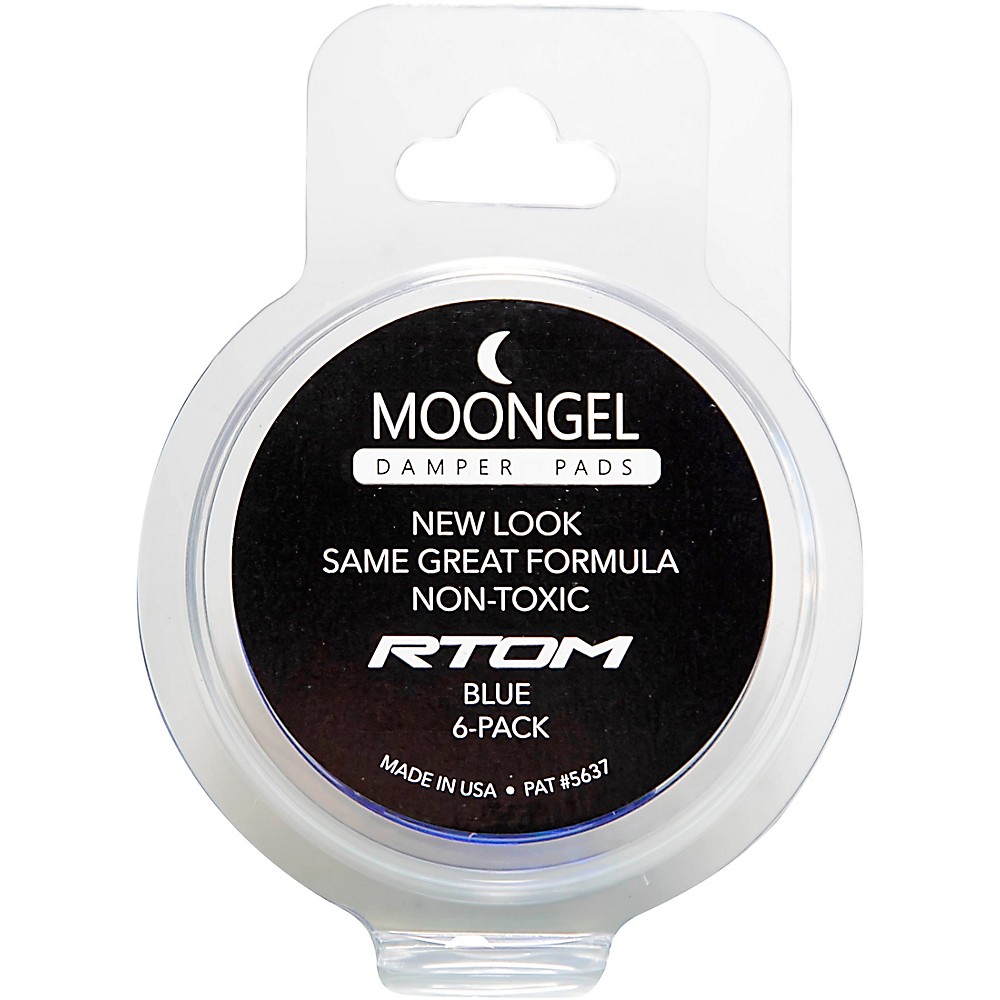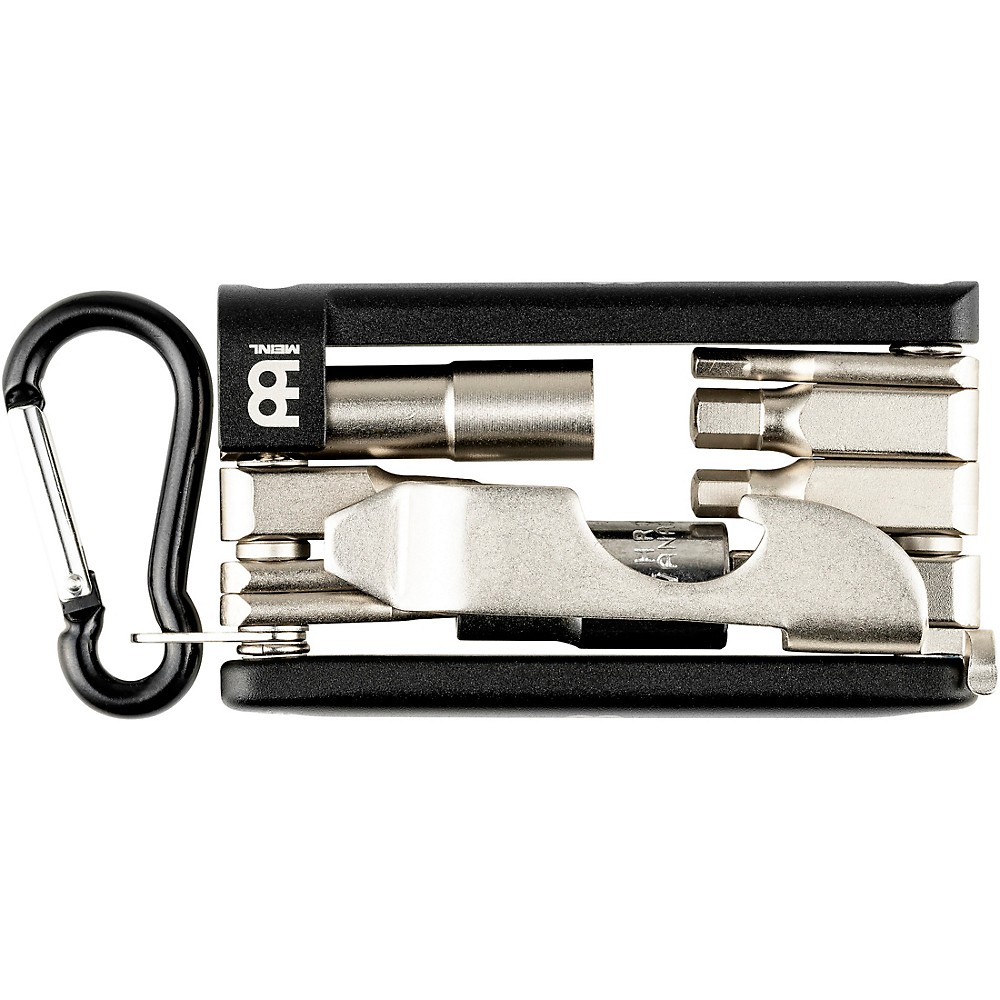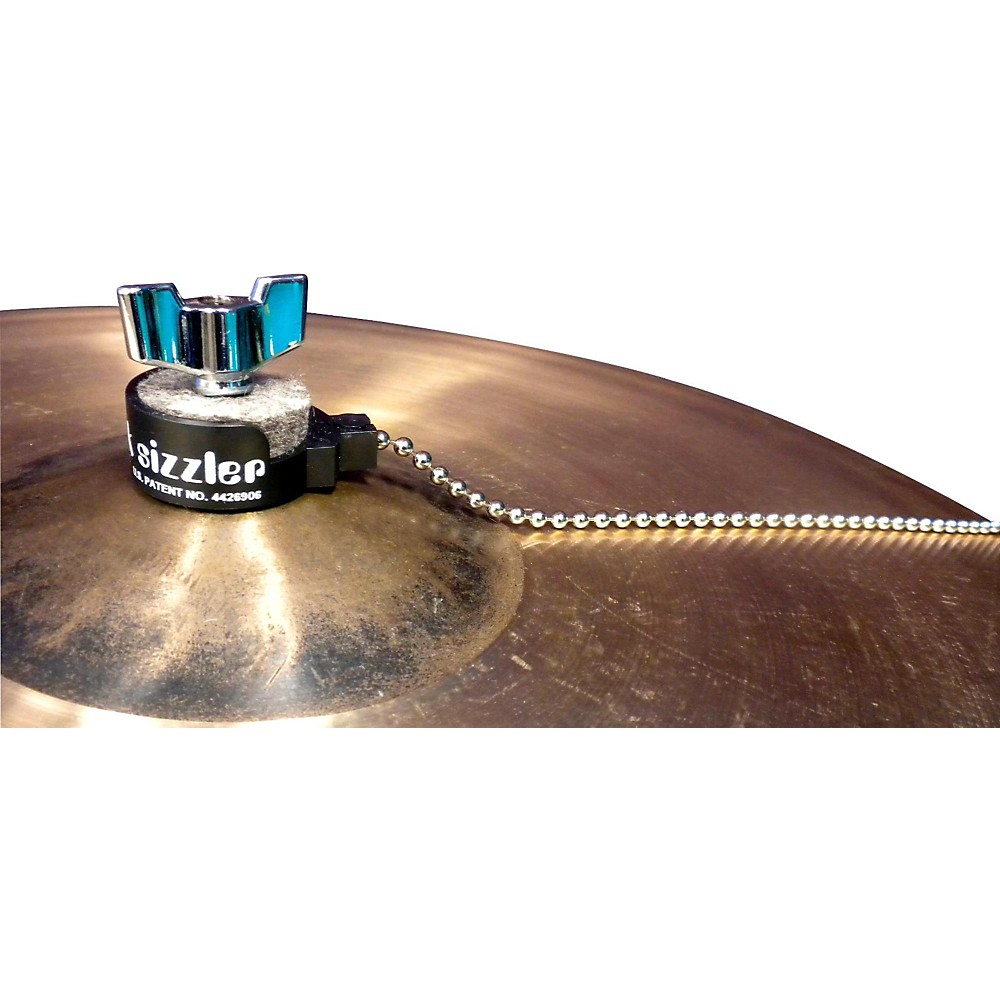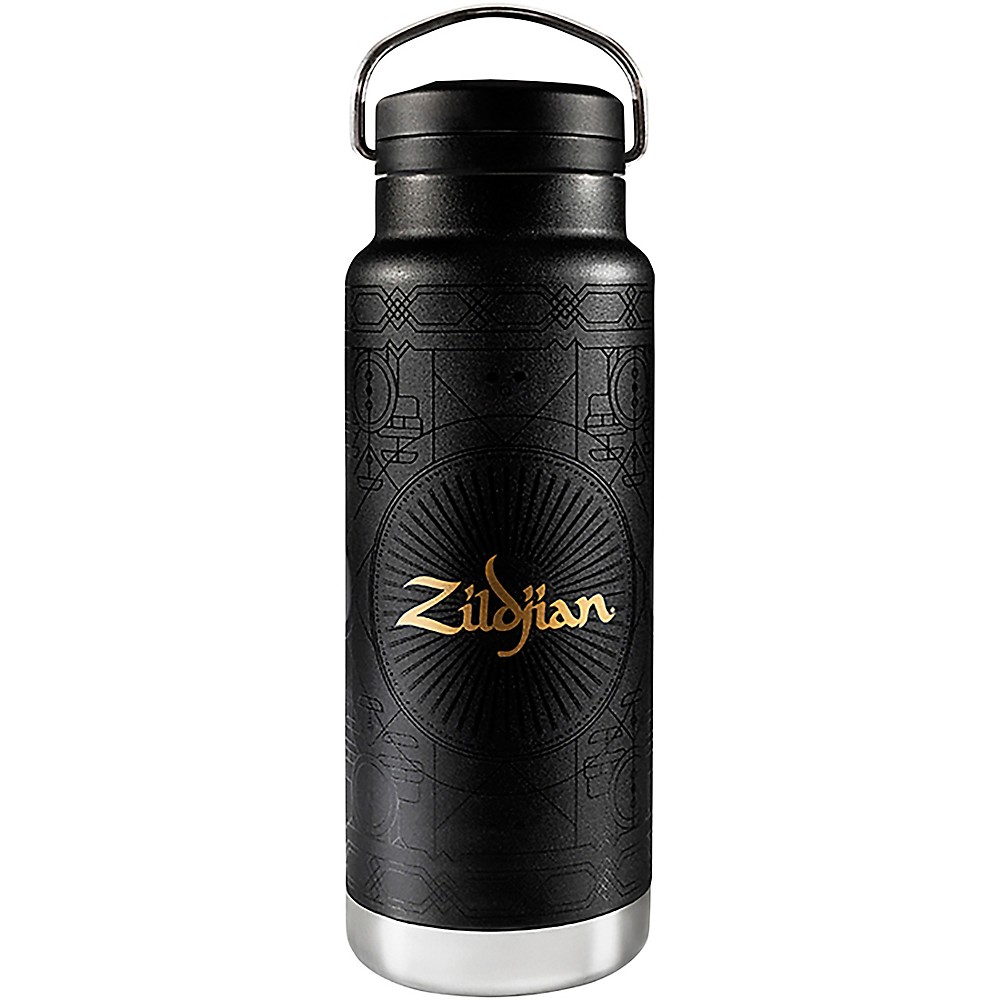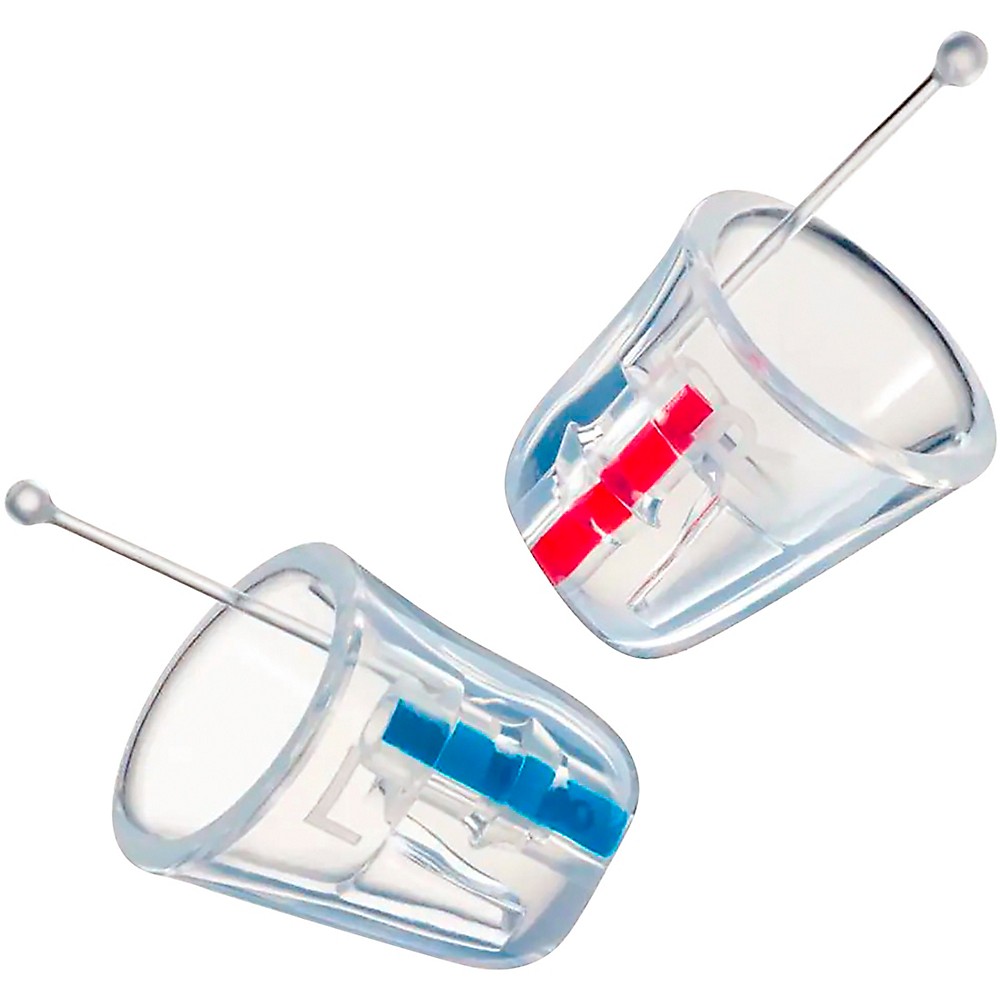12 Must-Have Drum Set and Percussion Accessories to Save a Gig
This article contains affiliate links to products we love and recommend.
I was once playing with my funk band in a packed bar in my town and things were popping along nicely. The band were sounding tight, the crowd were dancing and the bar manager was happy because the drinks were flowing.
This was one of those drumming gigs you want to keep: well paid, playing tunes that cook, with a tight band, and an enthusiastic crowd. But of course, disaster struck: a split snare drum head. A lengthy pause ensued while I had to make makeshift repairs from a tom head (it was lucky they were the same size).
Partly this was due to having inappropriate heads for the music I was playing. Check out our guide to snare drum heads here to avoid this mistake.
But, this experience also taught me there are certain drum accessories that it’s always worth packing for a gig to save embarassment and panic, and at worst leading to losing a gig.
I wanted to share these 12 items that I’ve found indispensable and may spare mid-gig blushes. You can just leave them in your cases so they’re always on hand to save the day:
1. Duct Tape
Tape is the first item on this list for a reason. Drummers should never leave for a gig without it.
I use this Gorilla Duct Tape when I need to make a serious fix.
The obvious use for tape is to stick things back together when they break. If a bass drum leg collapses mid-gig you’ll need something to patch it back together.
Forgot your cymbal wing nuts? A bit of tape on the top of the cymbal stand will ensure your cymbals don’t go flying off mid-set.
I sometimes use brightly coloured tape so you can make notes on it and see it in the dark. For example you can use tape to stick on a drum machine to remember which programs are for which song, or stick reminders on your snare drum to play quietly.
Finally you can also use tape to adjust how much dampening you want on your drums. A loop in the tape stuck to a drum will absorb some of the sound meaning drummers can control how much their drums ring.
2. Moongel
Moongel is one of the most useful accessories a drummer can have.
It comes as small, reusable sticky pads that you place on the drum’s head to control the tone of the drum. In particular the gel absorbs some of the overtones that can make a drum’s resonance too dominating if not controlled properly.
The beauty of Moongel is that you can use as much or as little of it as you see fit (for example adding more than one pad to a drum) to leave as much resonance as suits your taste.
In close, quiet or funky gigs you may want to control those overtones more, and in big boomy gigs you might want to leave more hanging. Either way, Moongel comes in a small box so it’s very easy to transport in your stick or cymbal bag.
3. A drum key
A drum key is an essential item to bring to a gig. You’re likely to need to tune drums to suit the space you’re playing in.
Drum keys are also used for tightening and loosening some of the parts of drum hardware, so it’s essential that you have one at hand to make those adjustments. Finally you never know if you’ll need to change a drum head at a gig so having a key on standby is important.
Here’s our guide for fitting and preparing a new drum head.
This Menial multi tool has you covered for various quick fixes you might need at a gig or in your daily drum life.
4. Pliers for awkward drum fixes
Taking a pair of pliers to a gig can help drummers to avoid awkward gear mishaps. Some parts of (particularly old) drum hardware aren’t compatible with a drum key.
Hence a pair of pliers can come in handy for making quick fixes to old or failing drum hardware.
Keep a pair in your car or cymbal bag just in case.
5. A towel
A towel can be very useful for gigging drummers for a few key reasons:
You’ll get sweaty - drying your head, and hair will help to avoid getting sweat in your eyes and distracting your playing. Drying your hands will help to avoid losing grip on your sticks. Having a towel close by so you can dry off in between songs can be useful. You’ll appreciate it after the gig too.
Drinks spillages and rain can play havoc with your treasured drum equipment. Having a towel at hand can help to minimise any possible damage. Check out our guide to avoiding water damage to drums here.
You can use a towel for extra and flexible dampening for your drums. You can drape a towel over the edge of a drum to control some overtones, or put one inside a bass drum to provide extra thud to your low end.
6. A bath chain for sizzling cymbals
A bath chain is an easily transportable accessory for drummers to bring to any gig.
You can tie the chain to the top of a cymbal stand, draping it over the cymbal, to generate sizzle without having to have rivetted cymbals. This is great for creating wash and high-end ambience in jazzy music, or atmospheric soundscapes. A chain takes up very little room in your stick or cymbal bag and may come in useful.
If DIY-ing a bath chain isn’t your style you can also buy cymbal sizzle chains such as this one from ProMark. One advantage of these solutions is that they come fitted with a cymbal attachment which is less of a faff than trying to tie your bath chain to the cymbal.
7. Spare cymbal stand felts
It’s easy to lose cymbal stand felts while you’re gigging as a drummer - they get lost in bags, in the car, left at the venue and so on.
Felts are an understated but vital part of your setup because they stop the cymbals clashing with the metal and plastic parts of the cymbal stand, which reduces unwanted noise and damage to your cymbals. Keeping spare felts in your cases is always a good idea.
They take up little room and may come in handy.
8. Water in a handy Zildjian bottle
For many types of music getting sweaty from drumming is the sign of a good gig, but remember to keep yourself hydrated.
Want to represent the drumming community while keeping yourself hydrated? Zildjian have you covered with this attractive branded water bottle:
9. Spare drum heads
Breaking a drum skin mid-gig could spell disaster if you don’t have spares at hand.
Of course spare drum heads are quite a lot to carry around, but if you drive to gigs they might just save you (I know this from painful experience of breaking a bass drum head during a gig without a replacement).
Wondering the best ways to replace a drum head? Here’s our guide.
10. A rug like this Meinl Drum Rug
Some gig venues will provide a rug to put a drum kit on, but others won’t. If you drive to your gigs and have space in the car a rug can be a very useful item to bring.
By putting your drums on a rug you not only avoid damaging the venue’s floor with your bass drum spikes, you also stop the drums slipping across the stage floor every time you hit the bass drum.
If you need a rug, you might as well get yourself a pretty one like this vibrant Meinl specimen.
11. Cushions or old t-shirts
Adjusting the tone of a drum is a common theme faced by drummers when choosing what equipment to buy or bring to a gig. In particular being able to react to your surroundings, changing the tone of the drums to suit the space you’re playing in is vital.
Bringing old cushions to place in the bass drum, and old t-shirts to drape over drums gives you flexible and cheap options to modify the sound of the drum as you see fit when on location at a gig.
12. Ear plugs
The most important thing for a long and happy drumming career is to look after your health. A particular worry for drummers is looking after your hearing so bring a trusted pair of earplugs to every gig.
You will notice when you don’t get ringing in your ears after a show.
But you may not notice the long term effects drumming has on your hearing.
I know from friends who were very active gigging musicians that now have hearing difficulties that they wish they had paid more attention to their ear plug choices and wearing them at every gig.
I particularly like these Ear Raiser ear plugs which are comfortable, and aim to block out dangerous frequencies, allowing you to hear what’s going on without blocking out all of the sound altogether, which is an important feature when you’re gigging and need to hear the rest of the band.
That concludes our list of essential items for drummers to bring to a gig. At one time or another I’ve found myself in situations where these accessories could have saved me some panic, embarrassment, regret or perhaps even a successful gig. I suppose we learn from our mistakes!



